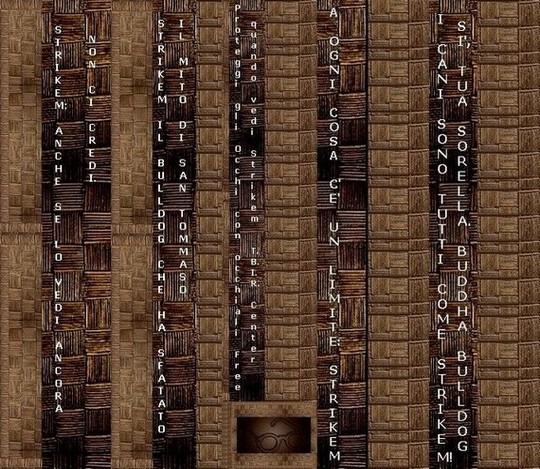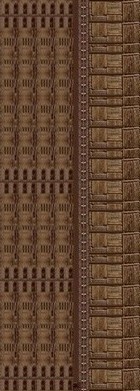

Dorsolateral Subluxation of Hip Joints in Dogs
OBJECTIVE: develop a radiographic procedure to measure dorsolateral subluxation (DLS) of the femoral head in canine coxofemoral (hip) joints in a weight-bearing position. STUDY DESIGN: DLS measured on a radiographic projection was compared with DLS measured on computed tomography (CT) images of hip joints in a weight-bearing position. ANIMALS: A total of 24 dogs of varying ages were examined including Labrador retrievers, greyhounds, and Labrador-greyhound crossbreeds. METHODS: Anesthetized dogs were placed in sternal recumbency in a kneeling position in a foam rubber mold. The stifles were flexed and adducted with the femora perpendicular to, and in contact with, the table. To test for DLS, dogs were imaged in this weight-bearing position (DLS test) with routine radiography and CT. For each hip, the DLS score was determined by measuring the percentage of the femoral head medial to the lateralmost point of the cranial acetabular rim on the dorsoventral radiographic projection and the lateralmost point of the central, dorsal acetabular rim on the CT image. Higher DLS scores indicated better coverage of the femoral head by the acetabulum. DLS scores were compared with the distraction index (DI) by grouping joints according to their probability of developing osteoarthritis (OA) as predicted by the DI. RESULTS: The DLS score in the new position ranged from 29% to 71% for radiography and 15% to 59% for CT. Joints classified as OA unsusceptible had a mean score of 64% +/- 1.5% for radiography and 55% +/- 0.8% for CT (n = 10); hip joints having a high probability of developing OA had a score of 39% +/- 2.6% for radiography and 26% +/- 1.9% for CT (n = 8). When the DLS test was repeated on the same dogs at a different time, the intraclass correlation coefficient for the DLS score on the radiographs was 0.85 (left hip) and 0.89 (right hip). There was a strong correlation (r = .89 for both hips) between the DLS score measured on the weight-bearing radiograph and the CT image. A strong correlation also was observed between the DLS score and the DI (r = -.87). The DLS scores for OA unsusceptible joints and joints with a high probability of developing OA were significantly different (P < .05). CONCLUSIONS AND CLINICAL RELEVANCE: The DLS test can be performed with CT or routine radiography to measure variable amounts of DLS in weight-bearing hip joints oriented similarly to those of a standing dog. After additional long-term follow-up studies evaluating the development of OA and breed effects are performed, the DLS method may prove useful in studies of normal and abnormal hip joint development related to canine hip dysplasia.
Dorsolateral subluxation of hip joints in dogs measured in a weight-bearing position with radiography and computed tomography.





















-



 Homepage
Homepage


-

- blog
-


- diagnoses
-

- separation
-

- lung
-

- embolisation
-

- thromboembolism
-

- history
-

- owners
-

- healing
-

- puppy tips
-

- ectropion
-

- puppy
-

- airway
-

- airway
-

- age
-

- Pet Therapy
-

- Avoidance
-

- inbreeding
-

- hereditary
-

- Anaesthesia
-

- Aggression
-

- Mortality
-

- Valvotomy
-

- Pyometra
-

- Cesarean
-

- Fertility
-

- Cesarean
-

- Bull Weight
-

- Visit Tips
-


-

- Bulldog Bianco
-

- Maculato
-



-


-

-





-

-


-



-





-


-

 Misheru
Misheru
-


- __Killed by Law

-


-

-

- ____Grafica

 ____Html
____Html






















